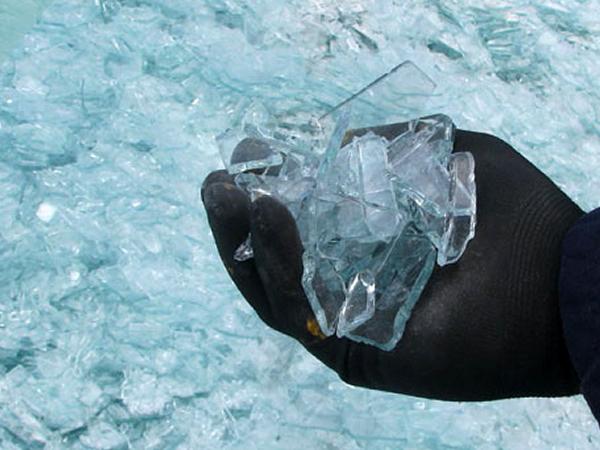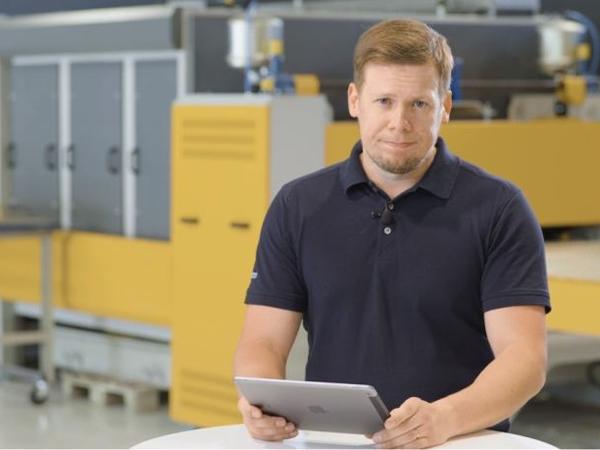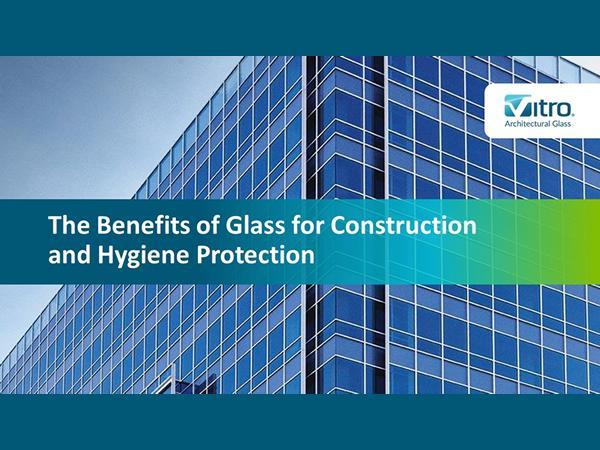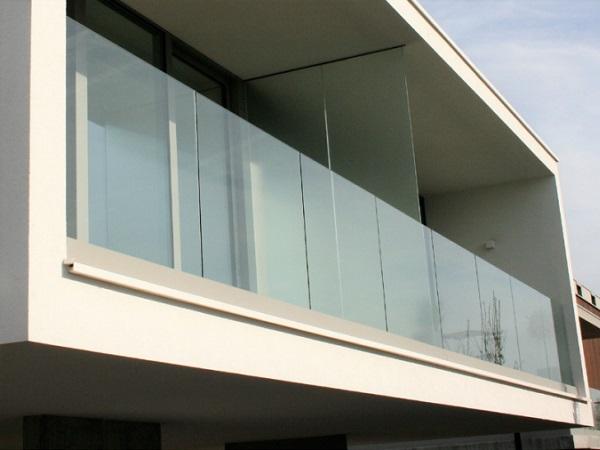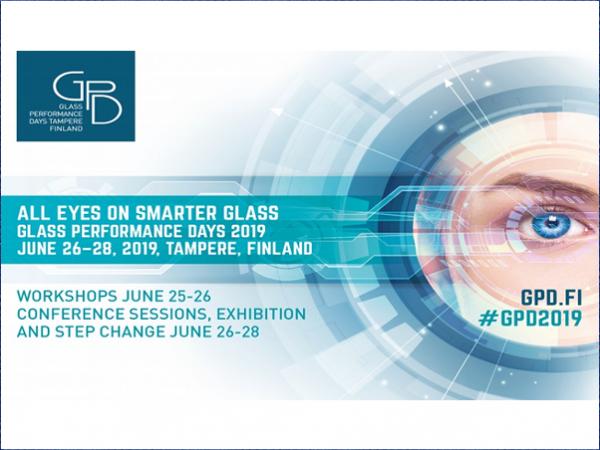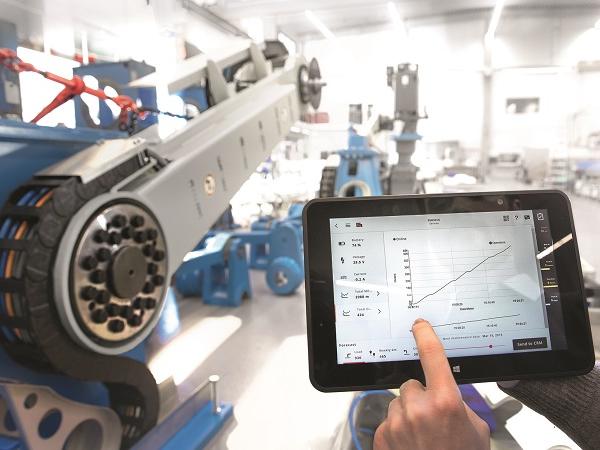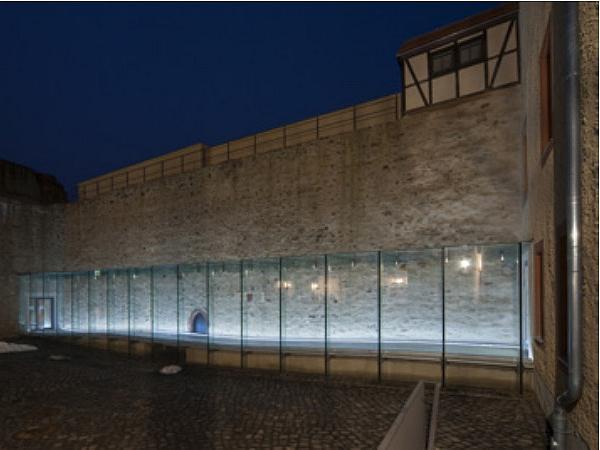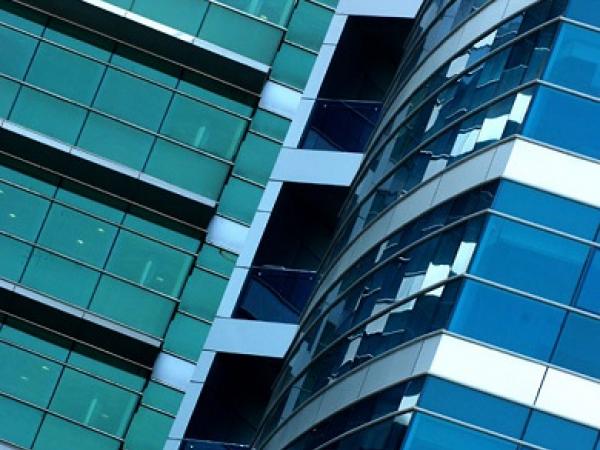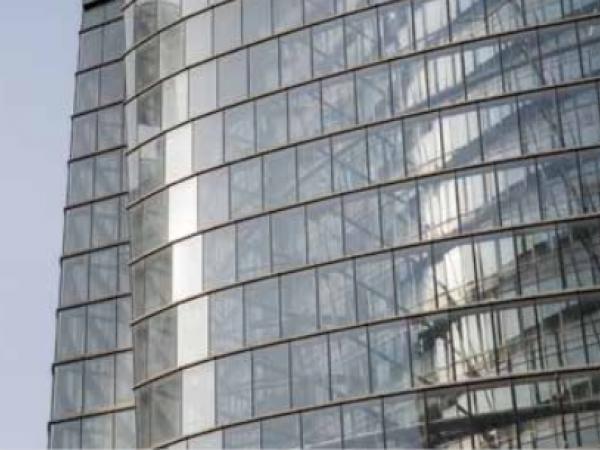Others also read
| This study forms part of a wider research programme that aims to better address the end-of-life challenges and opportunities in façade design for re-use.
| Few materials in human history have been made for as long or used in as many ways as glass. Ancient peoples molded it and poured it; later cultures discovered how to spin and blow glass into unique, dazzling shapes.
| Sustainability and the circular economy are increasingly influencing work and production processes in glass manufacturing, too.
| Glaston is working hard to make tempering furnaces more automated.
| What is your vision of the future? What role will glass play in your vision?
| Digitalisation is not only something for start-ups or major enterprises. It applies just as naturally to many skilled trade businesses.
| For over four thousand years, the lustrous, hard, and inert characteristics of glass have made it one of the world’s most desirable and frequently used building materials.
| This paper presents an evaluation of the use of annealed laminated glass incorporating the stiffer PVB interlayers.
| This paper was first presented at GPD 2019 by Louis Moreau from AGNORA, Canada.
| In this paper, an advanced calculation method developed by Sika is presented to design SSG joints exposed to any kind of stress (tensile, shear and bending).
| This paper will present analyses of sample rectangular double glazed IGUs with symmetrical and asymmetrical heat-strengthened and tempered glass constructions for positive and negative pressure to simulate wind loads.
| This paper was first presented at GPD 2019 by Dr. W.M. Stevels from Eastman Chemical Company.
| In the 1950s the flat glass industry had two separate products and sub-industries: plate glass and sheet glass. Float glass merged these two industries.
| In a flat glass laminating oven, glass-film sandwiches are located on rotating rollers and conveyed through a heating chamber in a continuous flow.
| Recently, the uniform load resistance of enamel coated glass plates has become a topic of interest with respect to proposed changes to ASTM E1300.
| As a manufacturer and supplier of monolithic, laminated and insulated glass panels, we often produce larger panels that must use heat-treated components, ionoplast interlayers and multi-layer assemblies.
| In the last years contentions about anisotropies among customers and manufacturers occurred when using glass products, such as heat-strengthened (HS) or fully tempered glass (FT).
| Glass balustrades are a common application of laminated glass, wherein the glass panel acts as a structural member that is required to sustain lateral design loads as stipulated by building regulations.
| When we speak about technological progress in mechanical engineering in general terms, conversations often revolve around Artificial Intelligence (AI) and the Industrial Internet of Things (IIoT).
| The fragment count in the standardized fragmentation test in the standard EN 12150-1 is the way to define the safety level of tempered glass and a way to also get an indication about the stress and strength level of the tempered glass.
| Adhesive bonding is an efficient joining process with great potential for materialefficient constructions. Today, the technology is already applied in almost all branches of industry.
| What relevance do British Standards have on the specification of partitions?
| glassonweb.com contacted the major players in the flat glass industry, asking for their statements regarding the Brexit vote results and how they see it affecting the near future of the European glass and construction markets.
| Multiple glass options offer customized ways to suit different building needs.
| Enhanced strength, edge performance and visual clarity of SentryGlas® interlayer key to The Shanghai Tower’s unique twisting double skin glass façade



